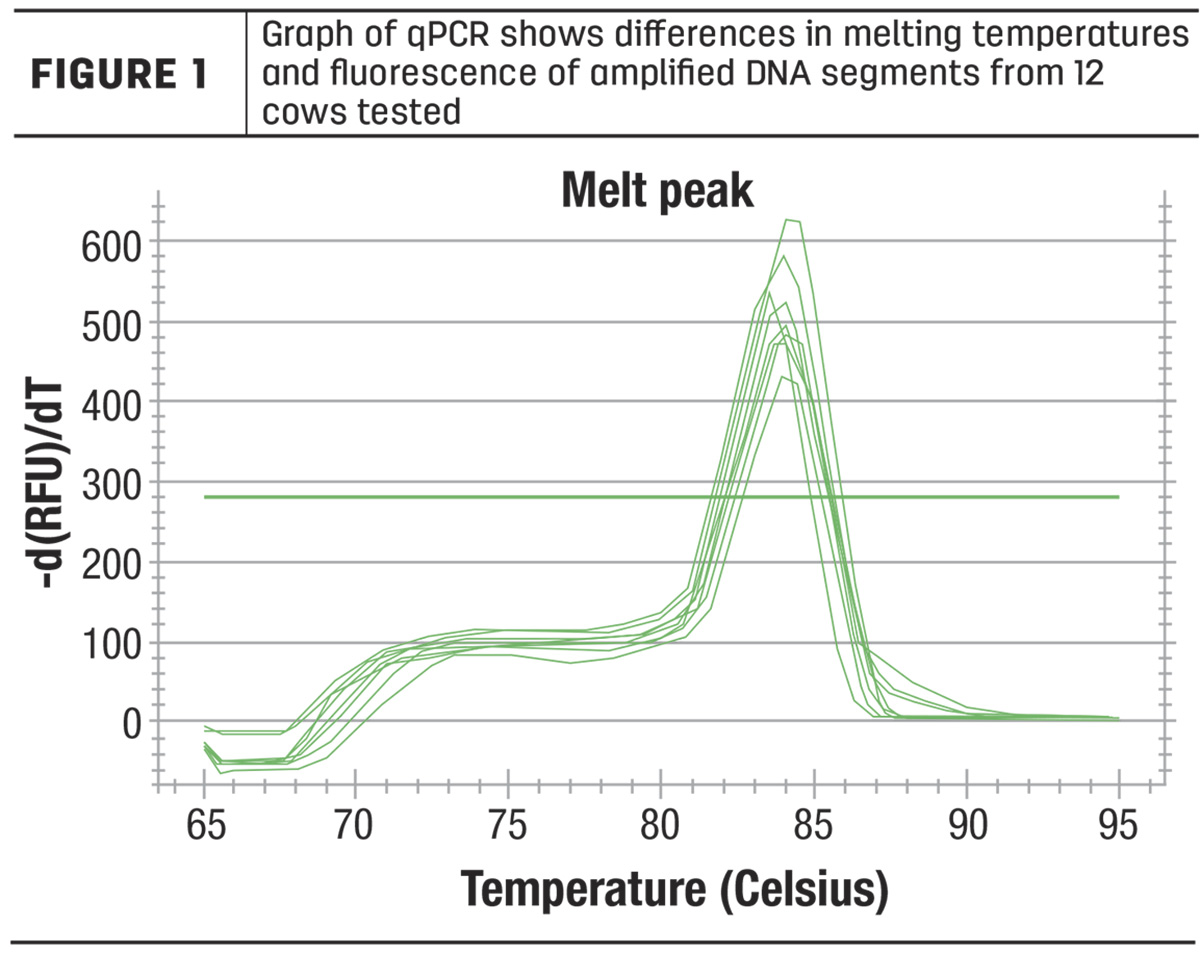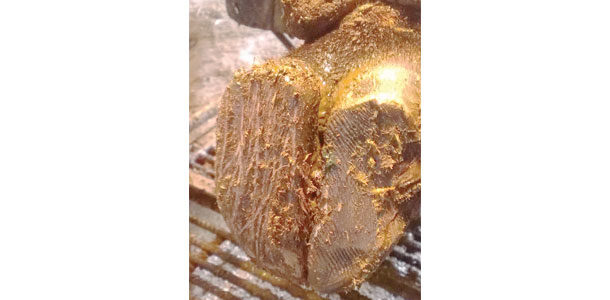For some time now, producers have known that lameness causes major loss in the dairy industry, including both economic injury and a decline in animal health and well-being.
According to a 2016 publication by University of Wisconsin Extension, a single case of lameness in a dairy cow can cause loss ranging from $90 to $300; even on the low end of $90 in loss per each case, a 300-cow dairy farm with a lameness incidence rate of 20% would incur $5,400 in losses. On top of the shocking economic loss, issues with the feet and legs of dairy cattle can be difficult to detect in the early stages of inflammation or disease, which presents a considerable obstacle for producers to overcome. Prevention of lameness is an additional topic of great interest in the industry, as it may be the key to removing those obstacles producers are faced with.
Researchers are hard at work to determine new ways to detect already existing lameness, as well as developing prevention methods so dairy farmers can stop lameness before it ever starts. At Tarleton State University (TSU), animal scientists are pursuing answers to lameness questions through diligent research using multiple scientific avenues. The team’s current work includes environmental, genetic and detection studies that have built upon previous findings from researchers at TSU, as well as other institutions.
Detection of lameness is dependent on foot scores determined by a human observer, as there is currently no reliable technology to determine lameness in cattle. The lack of technological methods makes foot scoring a time-consuming and, consequently, costly process. Because of this, Dr. Barbara Jones and H. Abu Ghazaleh recently conducted a study to test a new technological method of lameness detection. Their study aimed to analyze differential acoustics produced by lame versus non-lame cattle as they exited the parlor to determine if sound could be a method of lameness detection. Data analysis involved conversion of a variety of sound characteristics such as frequencies, amplitude and shape of sound waves to calculate differences between cows. Results showed a sound difference between lame and non-lame cows, though the differences were slight and difficult to quantify. The sample group consisted of four lame cows and four non-lame cows, so further study is required to confirm that analysis of sound is a potential lameness detection tool. The methods of recording and detection may also need to be changed to eliminate background noise and other interferences. Further study into lameness detection is increasingly important to decrease the need for human analysis and improve efficiency on dairy farms.
On the environmental side, Jones (alongside a team of researchers from Texas A&M AgriLife Research) conducted a study to determine if flies are vectors for transmission of bacteria that cause digital dermatitis (DD). They performed genetic testing to quantify DNA of Treponema phagedenis bacteria on the head and legs of flies captured on dairies affected by DD. Bacteria in the family treponema are frequently found in DD lesions and thus have been the subject of many other studies of DD infection and transmission. The fly study results showed no significance for flies as a vector of treponema. Further study of insect vectors is increasingly important as we learn more about DD and the detriment it poses to the dairy industry.
In the past, the causes of foot and leg ailments of dairy cattle have been studied primarily on an environmental basis. Fortunately, researchers have started delving into the genetics that may be responsible for susceptibility and resistance to pathogens. Researchers have recently been focused on finding a genetic correlation to DD infection. Current genetic studies on DD are focused on single nucleotide polymorphisms (SNPs) in the genome of dairy cattle, meaning a single base change in their DNA sequence. Dr. Jolena Waddell, Grace Canny and Courtney Hendley started with DNA extracted from 45 dairy cows on one farm in central Texas and performed subsequent genetic testing to target potential sites of specific SNPs. Determination of which SNPs to test was made based on several genes that have been linked to degree and severity of DD infection. This initial study targeted two SNPs located in the IL8 gene and TLR4 gene that were previously proven to be significant in an outside study. Waddell and Hendley used previously determined parameters for qPCR testing to analyze the melt curves of DNA, which can determine the difference between a normal base and a mutated SNP in a specific region. Though data from this study has not yet been published, preliminary results indicate there may be a significant correlation of one specific SNP in the IL8 gene in relation to susceptibility to DD infection.
Another outside study found significant SNPs in the CMPK2 and ASB16 genes, inspiring Waddell and Zoey Macon to conduct a meta-analysis on the 45 previously extracted DNA samples to see if those cattle carry the SNPs discussed in the reference article. Waddell and Macon designed primers to target the region of DNA where the SNPs would be found and set up a qPCR reaction to determine if the 45 samples potentially carry the SNPs from the target genes (Figure 1). Data for these SNPs is currently being compiled and analyzed. If the data turns out to be significant for CMPK2 and ASB16 SNPs, the team will have the DNA sequenced and find out definitively if the tests were accurate and repeatable.

If the SNPs from the designed tests turn out to be significant and ubiquitous in the sample population, researchers will look to test other populations, as well as test for other SNPs that may be significant. The goal of the team’s research is to find out if specific SNPs can be a definitive indicator for susceptibility or resistance to DD, as well as a prediction for degree of infection. The hope is that in the future a genetic test can be created that is simple and efficient for producers to know what level of DD susceptibility their herd possesses. Access to an easy and economical test would likely lead to overall herd health and productivity improving immensely, as DD can affect all aspects of a cow’s well-being.
The research team is excited about the trajectory of current work and they look forward to further improving the industry’s understanding of lameness in dairy cattle. Further studies and experiments are in the works and on the horizon for scientists at TSU as they work to help improve the lives of both dairy cows and producers in the industry.
References omitted but are available upon request. Click here to email an editor.











